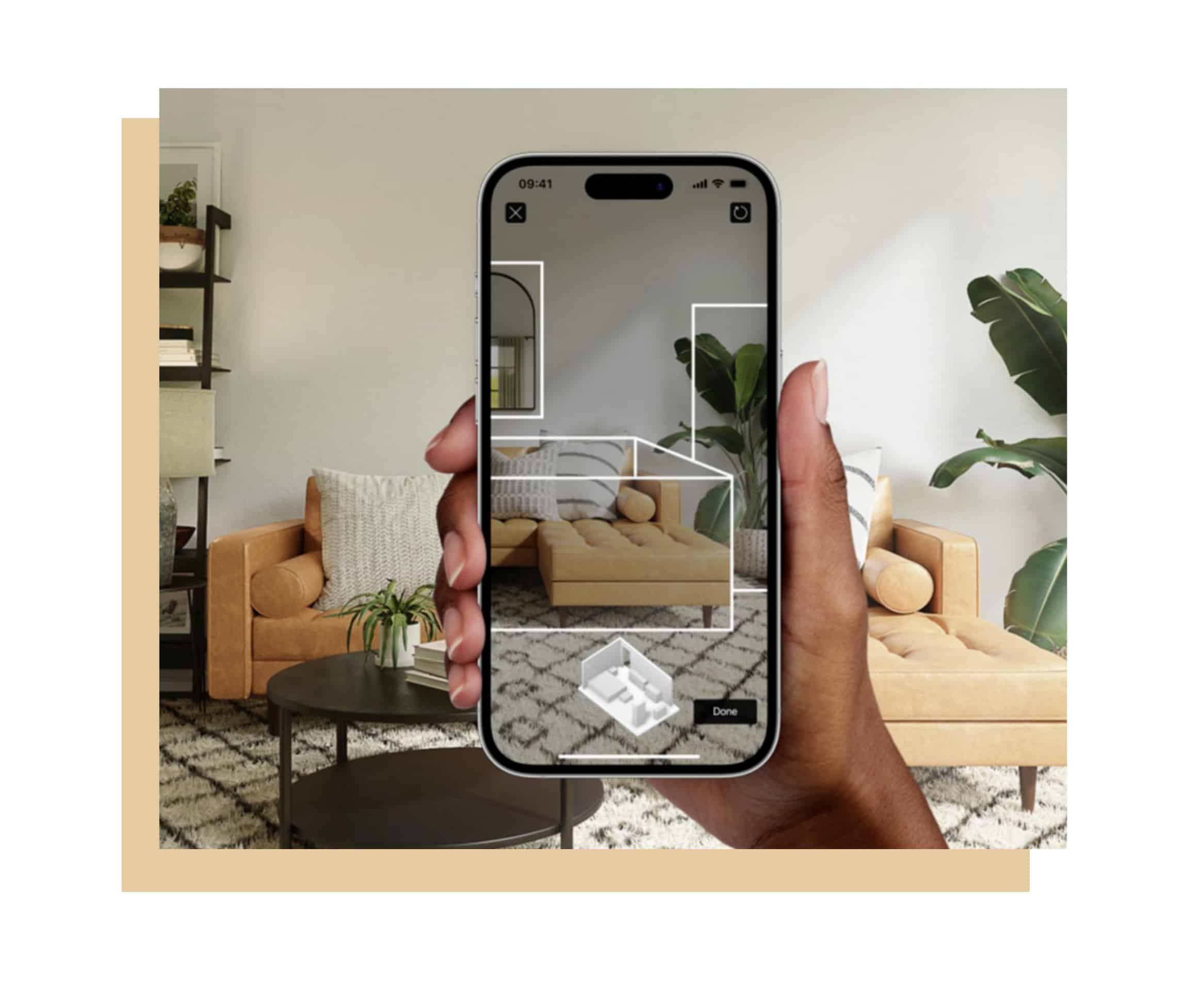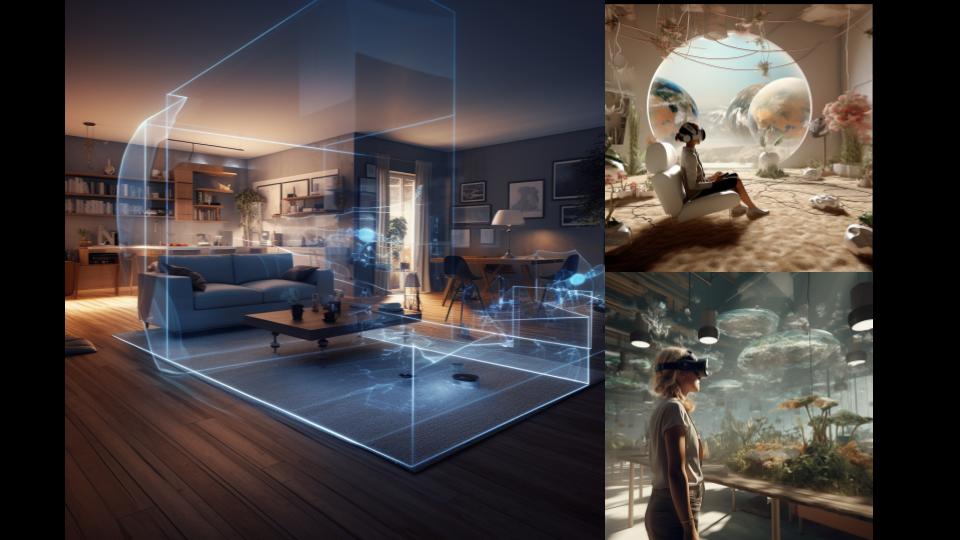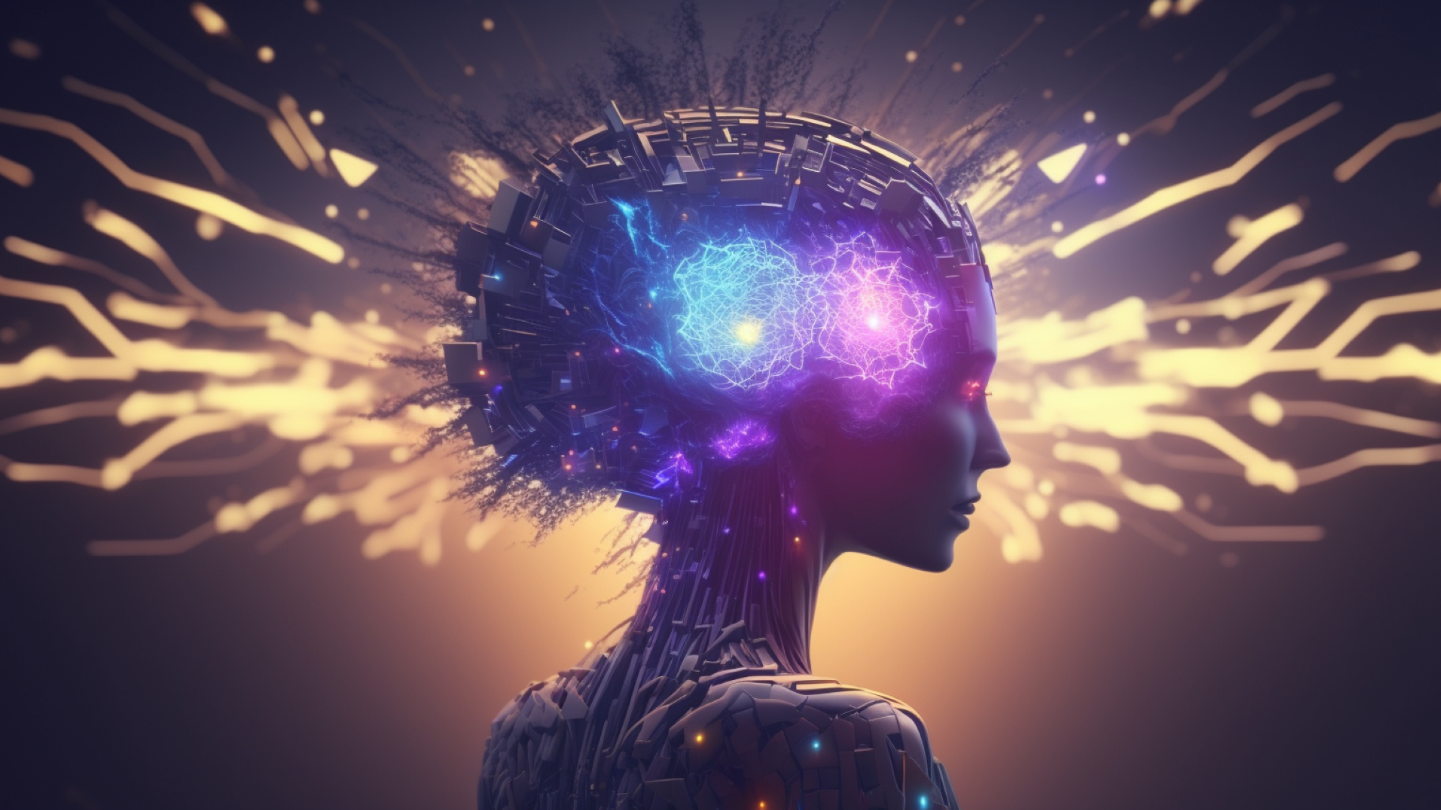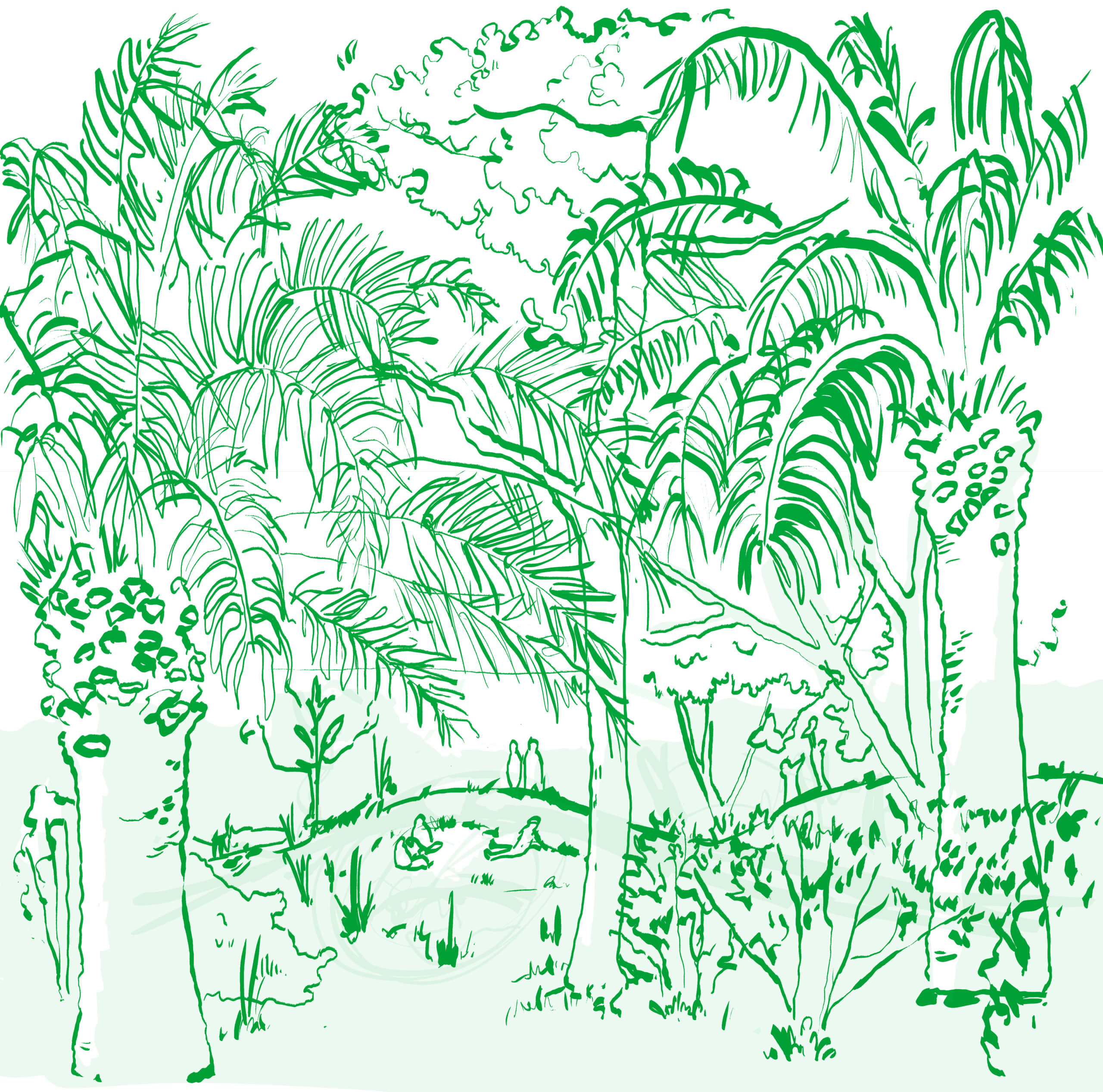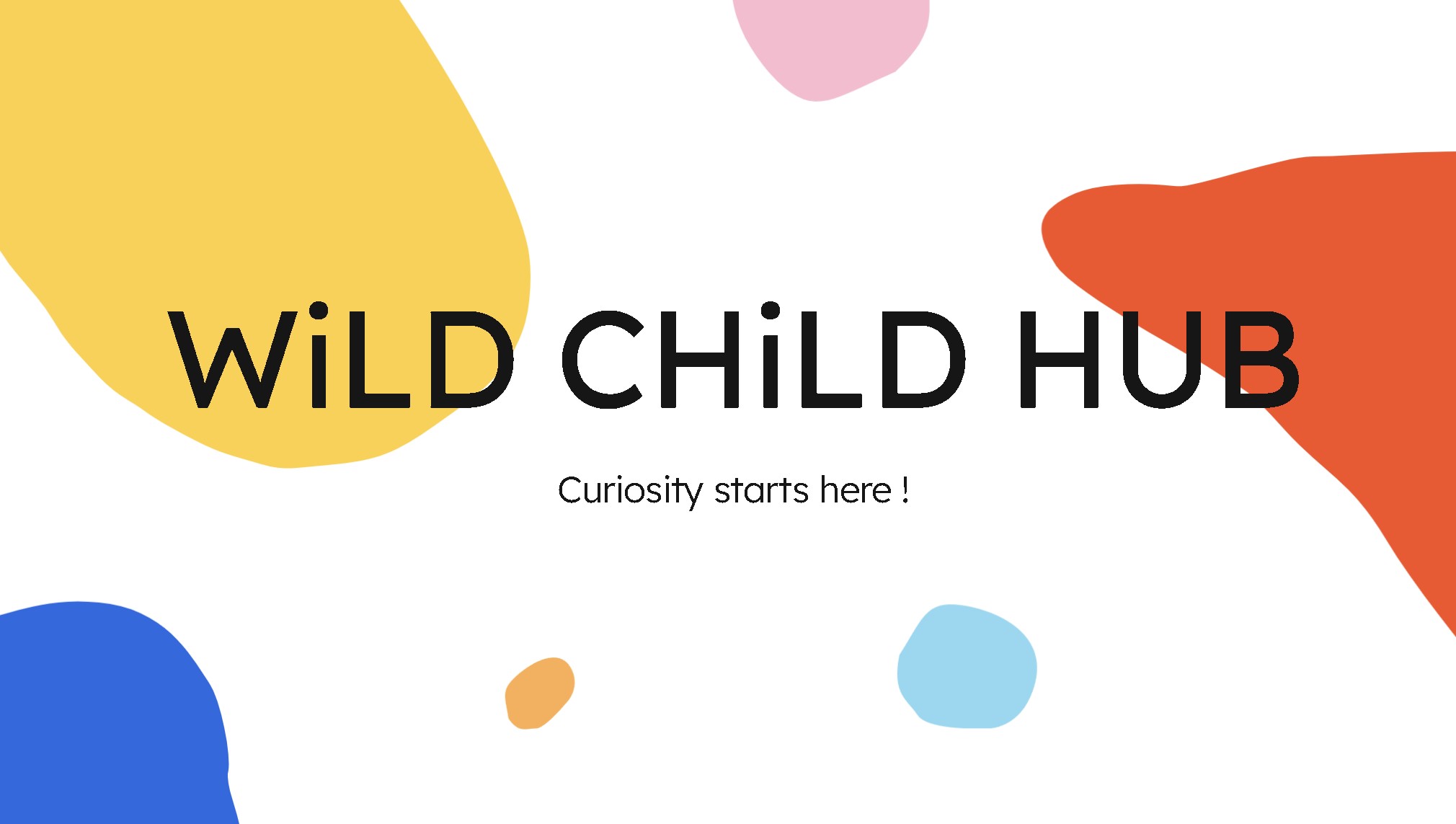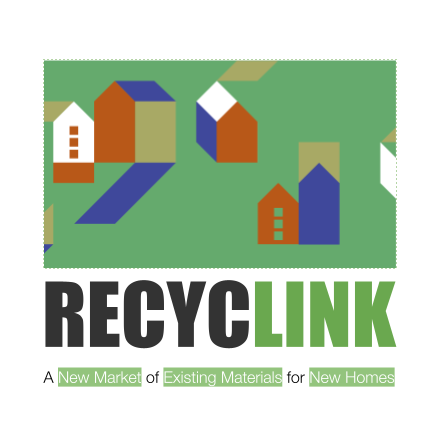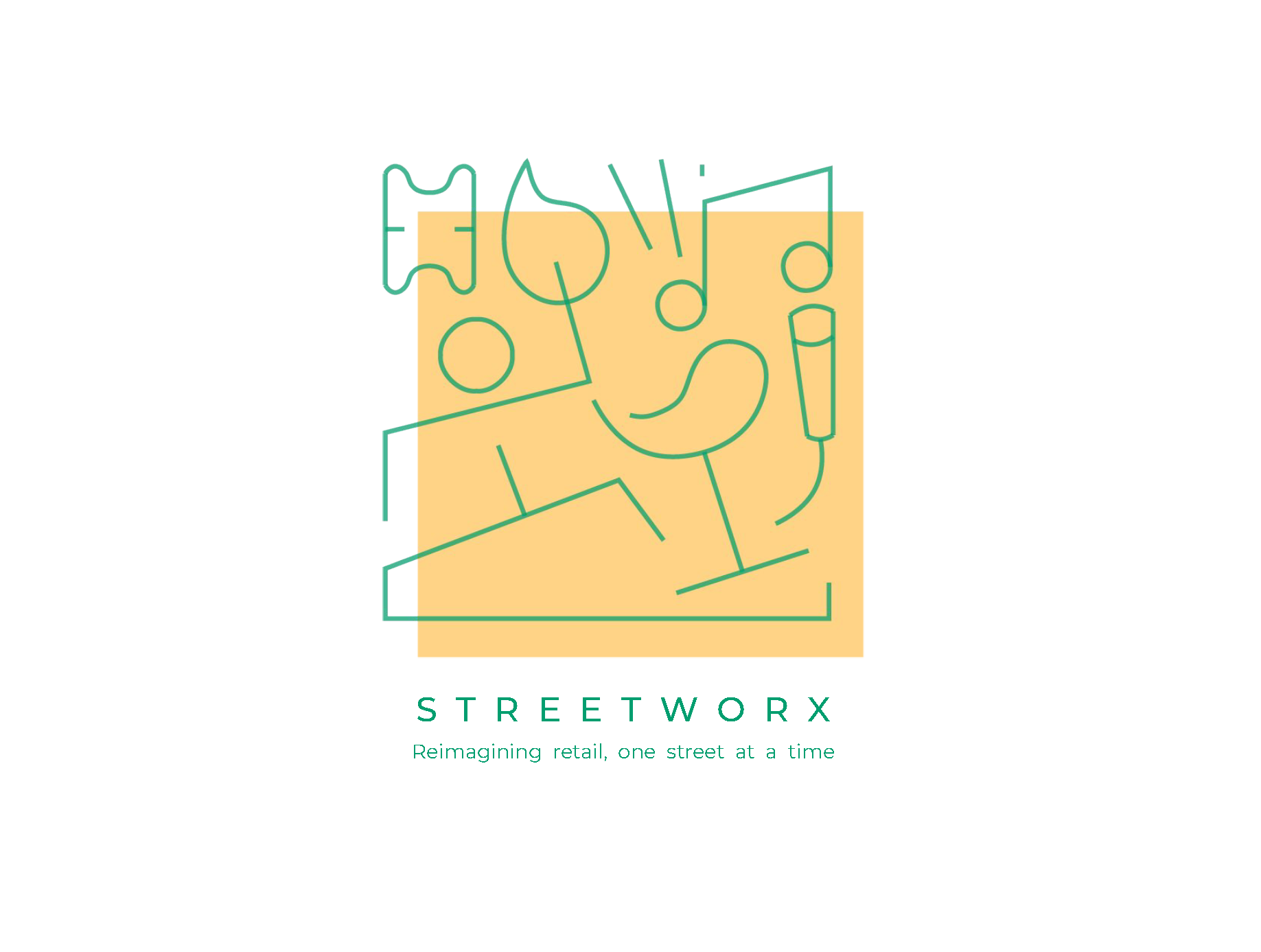The challenges we are facing in cities are huge, hence we have to radically rethink our current ways of doing things. Startups develop new solutions that – if successful – can positively affect the life of millions (or even billions!) in cities all over the world. In this course we show you how you can turn into an urban entrepreneur yourself – and make your own city-changing idea a reality.
Syllabus
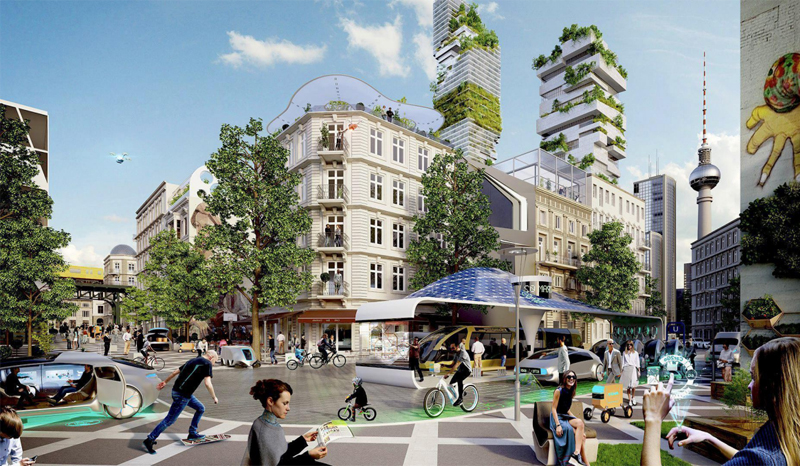
Credits: Daimler Future Scenarios /xoio
In this course, students define and validate a challenge-based problem they would like to turn into a scalable product or service which has the potential to transform cities for the better.
Once students have articulated their idea, they will apply design thinking for people and the planet to identify potential solutions, clarify their impact and the associated stakeholder dynamics in an urban context.
Students will develop their own business proposition by learning to master the Business Model Canvas. By the end of the course, students will have the opportunity to pitch their startup idea to get feedback.
Learning Objectives
At course completion the student will know about:
- What is urban tech? What are startups? —> case studies, overviews, B2C/B2B/B2G
- Challenge-based problem scouting in cities —> validating the problems
- Design thinking for people AND planet to identify potential solutions
- Business models and go-to-market strategies
- City governance: multi-stakeholder processes & dynamics
- Financing 1×1 for startups in the climate and impact fields: from Venture Capital and angel investments to credit finance and non-dilutive funding options
- Crafting a fundraising pitch deck & narrative
Faculty
Projects from this course
Design by YOU
Everyday stressors are like a collection of small waves that constantly lap at the shores of our lives. From traffic jams and work deadlines to financial pressures and interpersonal challenges, these daily stressors can add up. Our exposure to the surrounding environment, whether it’s a bustling city or a quiet countryside, also plays a role. … Read more
NeuroScape
NeuroScape is developed to create a personalized adaptive user-centric AI-generated virtual space based on the user’s mental, physiological, and emotional state, which will improve the user’s behavior, performance, and mental well-being.
Made By You
The Problem According to the World Bank, approximately 68% of the population in Sub-Saharan Africa resides in urban areas. Similarly the International Finance Corporation (IFC) highlights the concentration of furniture imports in urban areas, causing a surge in furniture prices. For locally fabricated furniture, high production costs and inefficient supply chains contribute to expensive furniture … Read more
WILD CHILD HUB
“Imagine that you and your fellow mini adventurers have just stumbled upon a mysterious portal that leads to a magical land of endless possibility. Describe the sights, sounds, and smells you encounter as you step through the portal and embark on a thrilling journey through this enchanted realm.” Temporary public spaces for children are a … Read more
RECYCLINK
A New Market of Existing Materials for New Homes Recyclink is a revolution in the way we can build new public housing. It’s an innovative approach, aimed at unlocking a new market, reducing waste, and creating sustainable, eco-friendly homes to transform the future of Public Housing Infrastructure. Why Now? There is a green revolution taking … Read more
Streetworx
Introduction In today’s retail landscape, brick-and-mortar shops are facing immense pressure from e-commerce giants and established players in the market. As a result, they are experiencing a decline in sales, with a 15% annual drop in revenue. In addition, customers often face inconsistent experiences across different channels, leading to confusion and frustration. An overwhelming 84% … Read more



